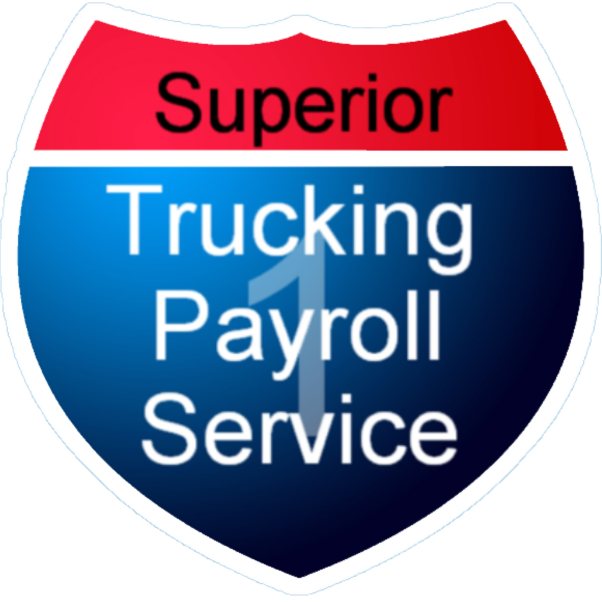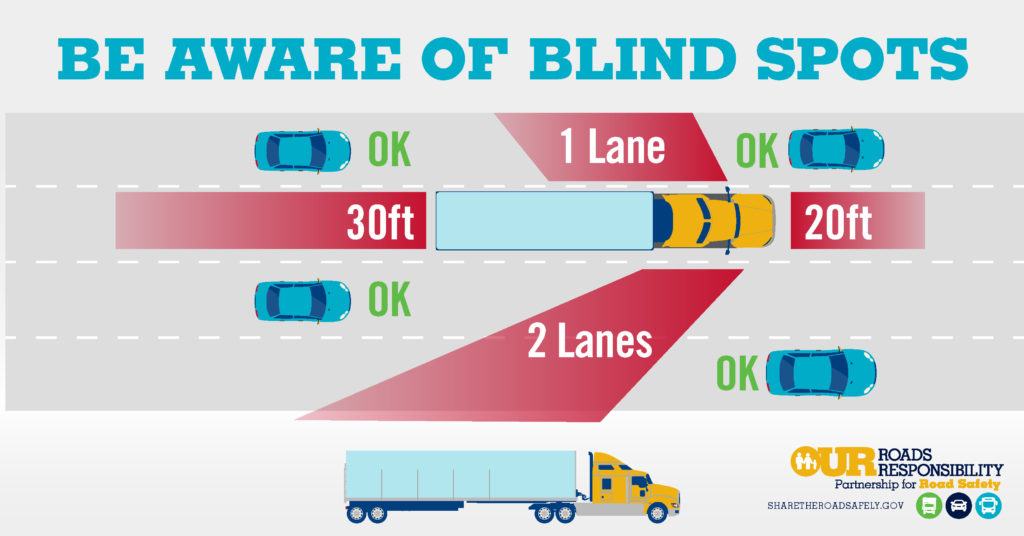If you’ve ever bounced over a deep pothole in early...
Read MoreTruck driving is the backbone of our nation’s economy, transporting goods across vast distances. However, this essential industry is not without its challenges, one of the most critical being accidents involving any kind of vehicle. Just like typical automobile crashes, truck accidents are just as fatal, only larger. These accidents not only have devastating consequences for individuals involved but also pose a significant risk to road safety. In this article, we’ll explore key trucking accident statistics, common causes of these accidents, and essential strategies to avoid them.


Fatal Crashes:
Let’s examine some statistics on big trucks and deadly collisions. In 2021, a deadly collision involving 5,700 big trucks occurred. This is a rise of 18% from 2020 and 49% over the previous ten years. The data nevertheless shows increases of 7% and 22%, respectively, when compared to the number of miles driven by heavy trucks.
5,788 individuals lost their lives in big-truck accidents in 2021. That represents an increase of 17% from 2020 and 47% over the previous ten years. Here is a breakdown of these deaths:
72% of them were passengers in other cars.
17% were truck occupants
11% were non-occupants (bicyclists or pedestrians)
Injuries:
We will now investigate collisions that caused injuries. These are far greater figures. Injuries from truck crashes totaled 117,300 in 2021. That represents an increase of 12% from 2020.
In 2021, there were 155,000 injuries from large-truck incidents, a 5% rise. The breakdown of these injuries is as follows:
71% of them were passengers in other cars.
27% were truck occupants
2% were non-occupants

Common Causes of Truck Accidents:
To address truck accidents, we must first recognize their root causes. It’s good to know the causes so we can find ways to avoid them.
Impaired Driving: 6.7% of large truck accidents involve intoxicated or drunk drivers. Alcohol or drugs can significantly impair a driver’s ability to operate a large truck safely.
Weather Conditions: In 13% of large truck accidents, severe weather was a factor. Adverse weather, such as rain, snow, or ice, can make roads hazardous.
Speeding: Speeding was a factor in 7.3% of fatal large truck incidents. Excessive speed can make it challenging to react to sudden changes in traffic.
Distracted Driving: The second most frequent cause of fatal large truck accidents was driver impairment and inattention. Using cell phones or engaging in other distractions while driving diverts attention from the road.
Driver Fatigue: Long hours on the road can lead to driver fatigue, impairing reaction times and decision-making.
How to Avoid Truck Driving Accidents:
Preventing truck accidents is a shared responsibility, involving both truck drivers and other road users:
Driver Training: Comprehensive training programs for truck drivers should address issues like fatigue management and defensive driving techniques.
Regular Breaks: Truck drivers must take regular breaks to combat fatigue and ensure they are well-rested.
Avoid Distractions: Encourage drivers to avoid distractions like cell phones while driving.
Vehicle Maintenance: Regular maintenance of trucks is vital to ensure they’re in optimal working condition.

Respect Weather Conditions: Drivers should be cautious when encountering poor weather. Slowing down and increasing following distances are crucial.
Traffic Awareness: Drivers must be attentive about the movements of other vehicles on the road and anticipate potential hazards.

Safe Loading: Ensuring cargo is properly secured and distributed helps prevent accidents caused by unbalanced loads.
Telematics and Safety Technology: Employing technology like telematics can provide real-time data on driver behavior and vehicle performance, helping identify areas that need improvement.
Stay Informed: Both truck drivers and other road users should stay informed about traffic conditions and potential hazards through real-time traffic updates and weather reports.
Open Communication: Encourage an open line of communication between drivers and their employers. Drivers should feel comfortable reporting issues affecting their ability to drive safely.
Bottom Line:
In conclusion, understanding the causes and consequences of truck driver accidents is essential in addressing this critical issue. By emphasizing safety, investing in driver training, and promoting responsible road behavior, we can work together to reduce the number of trucking accidents and create safer roads for everyone. Remember, safety on the road is a shared responsibility.

Written by Tessa Braybrook
Tessa joined Superior Trucking Payroll Service in September 2022. She loves to write and make videos which made her a great asset to the team in her marketing position.
Before working at Superior Trucking Payroll Service she worked in IT at GVSU which gave her the skills to problem-solve with customers over the phone.
Contact Us!
Is Superior Trucking Payroll Service Worth the Higher Cost?
You’re Not Just Buying Payroll — You’re Buying Peace of...
Read MorePayroll for Trucking Companies: We Help Your Whole Trucking Family Get Paid
If you’ve heard of Superior Trucking Payroll Service, you’ve probably...
Read MoreHow Do I Pay Myself If My LLC Is an S-Corp or C-Corp?
How do I pay myself if my LLC is taxed...
Read MoreMarch 2025 Driver Pay Update for Trucking Companies
Are your drivers leaving for better pay? Are you wondering...
Read More

